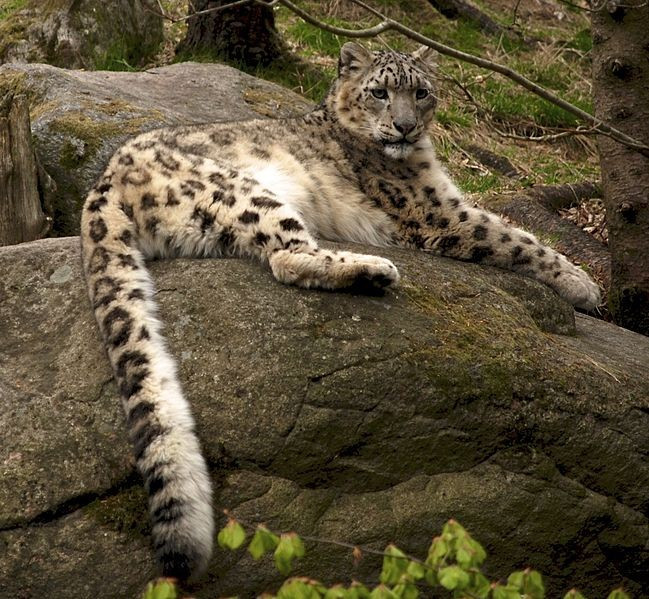Panthera Blytheae: Oldest Fossil of Big Cat Species Discovered in Tibetan Himalayas

Scientists have discovered the oldest big cat fossil ever found in the Tibetan Himalayas.
The skull of the Panthera blytheae represents a new species of big cat and fills a gap in the evolutionary history of species including lions, tigers and leopards.
The fossil, which is around five million years old, was discovered by a team led by Jack Tseng, from the American Museum of Natural History in New York.
DNA evidence suggests that big cats from the Pantherinae subfamily, including lions, jaguars, tigers, leopards, snow leopards, and clouded leopards, split from their nearest relatives Felinae, including cougars lynxes and the domestic cat, around 6.37 million years ago.
However, the oldest fossils of big cats were tooth fragments that date to just 3.6 million years ago. The Panthera blytheae skull found by Tseng is estimated to be between 4.1 and 5.95 million years old.
Tseng and his team found the skull on the remote border between Pakistan and China. The team found over 100 bones deposited by a river eroding out of a cliff. "It was just lodged in the middle of all that mess," Tseng said.

They have spent the last three years analysing the skull and eventually determined it represents an entirely new species of big cat. "This find suggests that big cats have a deeper evolutionary origin than previously suspected," Tseng said.
Published in the journal of the Proceedings of the Royal Society Biological Sciences, the researchers show how the skull challenges previous beliefs about how big cat species evolved and that they came from central Asia and spread outwards.
Tseng told the BBC: "This cat is a sister of living snow leopards - it has a broad forehead and a short face. But it's a little smaller - the size of clouded leopards.
"This ties up a lot of questions we had on how these animals evolved and spread throughout the world. Biologists had hypothesised that big cats originated in Asia. But there was a division between the DNA data and the fossil record."
Commenting on the find, Zhe-Xi Luo, a vertebrate palaeontologist at the University of Chicago, told Nature: "These are beautiful fossils of great significance. They add an evolutionary root to the pantherine family tree."
© Copyright IBTimes 2024. All rights reserved.







